Tactical Negotiation Moves: The Power of Silence + The Flinch
In high-stakes negotiations, what you don’t say can be as powerful as what you do say. One of the most underrated tactics in a negotiator’s arsenal is strategic silence—and when combined with The Flinch, it becomes an even more powerful tool.
Many negotiators make the mistake of feeling they must respond immediately or justify their position as soon as a proposal is made. The reality is, the first reaction can determine the course of the entire negotiation. If you react too quickly and without resistance, you signal weakness or acceptance—and the other side will assume they could have pushed further.
Mastering The Flinch + Silence forces the other party to question their own position, offer better terms, or negotiate against themselves.
Why Silence and The Flinch Work Together
✔ Silence creates discomfort, forcing the other side to fill the gap—often revealing more than they intend.
✔ The Flinch triggers uncertainty, making the other party question whether their initial proposal was too ambitious.
✔ Used together, they force movement without you making a single concession.
In essence, you shift control of the negotiation by controlling the response.
How to Use Silence and The Flinch in Procurement Negotiation
1. After Receiving a First Offer
Tactic: Visibly react (The Flinch) and then say nothing.
Why it works: The supplier will feel compelled to justify, soften, or adjust their price before you even respond.
Example:
- Supplier: “The total for this contract will be $1M.”
- You lean back, raise your eyebrows, exhale sharply, or shake your head slightly—a visible reaction that signals the number is higher than expected.
- Then, say nothing.
Most suppliers will instinctively start revising before you even counter.
2. Following a Concession Request
Tactic: Pause before responding.
Why it works: It signals that their request is significant and puts pressure on them to reconsider whether they really need the concession.
Example:
- Supplier: “We’d like to increase pricing by 8% due to inflation.”
- You say nothing.
- Supplier (after a long pause): “…of course, we may have some flexibility depending on order volume.”
Your silence forces them to rethink their ask before you even push back.
3. During Pricing Discussions
Tactic: React, pause, and let them speak first.
Why it works: The discomfort will often lead them to volunteer cost-saving options or lower their number.
Example:
- Supplier: “We can offer this at $500,000.”
- You flinch, pause, and remain silent.
- Supplier (after an awkward silence): “…but we could consider some adjustments if that helps your budget.”
By doing nothing, you force them to find their own discount.
4. When Facing a Tough Negotiator
Tactic: Use silence as a counterweight.
Why it works: If they push aggressively, silence forces them to adjust their approach rather than dominate the conversation.
Example:
- Supplier: “We’ve given you the best deal possible, and this price is final.”
- You remain silent, looking at them without reacting.
- Supplier (after an awkward pause): “…unless you were looking at multi-year commitments, in which case we may have some options.”
Silence forces them to soften their stance and re-engage.
Example in Procurement: The Flinch + Silence in Action
Scenario: A supplier quotes $1M for a service contract.
Your Move: The Flinch + Silence
- Supplier: “The total for this contract will be $1M.”
- You lean back, exhale sharply, and shake your head slightly—a visible reaction that signals the number is higher than expected.
- Then, say nothing.
- Supplier (uncomfortable with the silence): “Of course, we can look at some cost-saving options…”
- Still remain silent.
- Supplier (nervously): “…or perhaps adjust the scope slightly to get this closer to your budget.”
Now, without saying a word, you’ve influenced the supplier to negotiate against themselves.
The Science Behind Silence & The Flinch
This technique is rooted in behavioral psychology and human discomfort with uncertainty. Studies show that people instinctively fill conversational gaps when silence becomes uncomfortable—often by revealing more information or adjusting their position.
Similarly, The Flinch triggers the contrast principle, making the initial offer seem excessive, encouraging the other party to justify or lower it.
Used together, these tactics shift leverage in your favor—without any verbal pushback.
Why Most Negotiators Fail to Use Silence
✔ They fear awkwardness – But the real power lies in letting the other side break the silence first.
✔ They feel the need to respond immediately – But immediate responses often mean unnecessary concessions.
✔ They assume silence means agreement – But silence forces the other party to second-guess themselves.
Master negotiators know that silence is not passivity—it is a strategic weapon.
Final Thought: The Power of Saying Nothing
Silence isn’t passive—it’s an active power move. When paired with The Flinch, it forces your counterpart to question their own offer, reveal flexibility, or make concessions first.
Next time you’re in a price discussion, flinch first, stay silent, and let them make the next move.
Improve Your Negotiation Skills with Business Negotiation Academy
Mastering The Flinch + Silence is just one piece of the puzzle. At Business Negotiation Academy, we equip professionals with the tactical, psychological, and strategic tools needed to secure better deals, reduce costs, and gain an upper hand in any negotiation.
✔ Learn how to control conversations, use leverage effectively, and outmaneuver tough negotiators.
✔ Develop confidence in high-stakes negotiations and avoid costly mistakes.
✔ Gain advanced strategies tailored for procurement, sales, and contract negotiations.
Negotiation is not about reacting—it’s about controlling the process. If you’re ready to elevate your negotiation skills, let’s talk.
Recent Posts
How to Use the Decoy Effect in Procurement Negotiation
In procurement, smart framing beats force. This article breaks down how to use the Decoy Effect—a behavioural science tactic—to guide suppliers toward your...
How to Negotiate in India: A Strategic Guide for Business Success
India is a land of immense opportunity—and complexity. To succeed in business negotiations here, foreign professionals must understand the nuances of hierarchy, relationship-building,...
The Contrast Principle in Procurement Negotiation
In high-stakes procurement, perception is leverage. This article explores how elite buyers use the contrast principle to frame negotiations, control supplier expectations, and...


